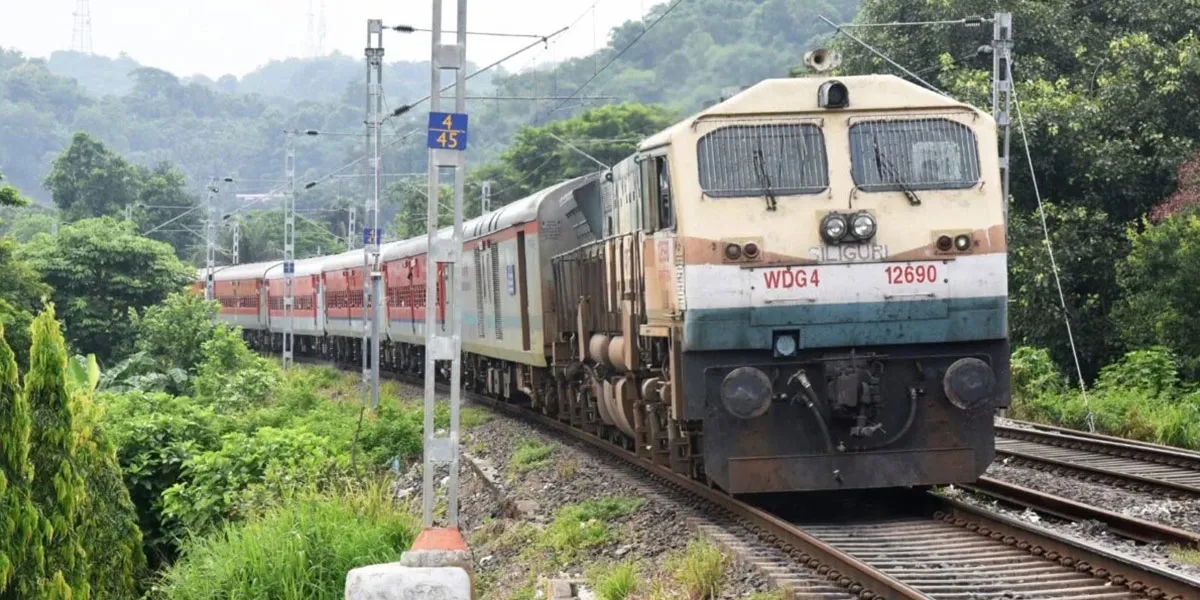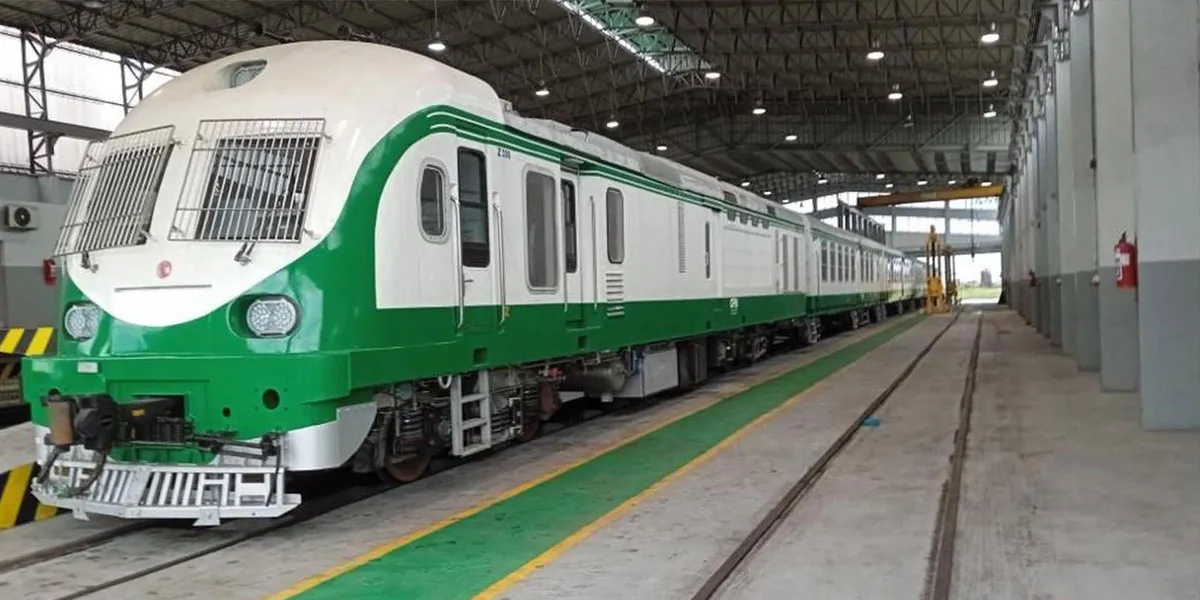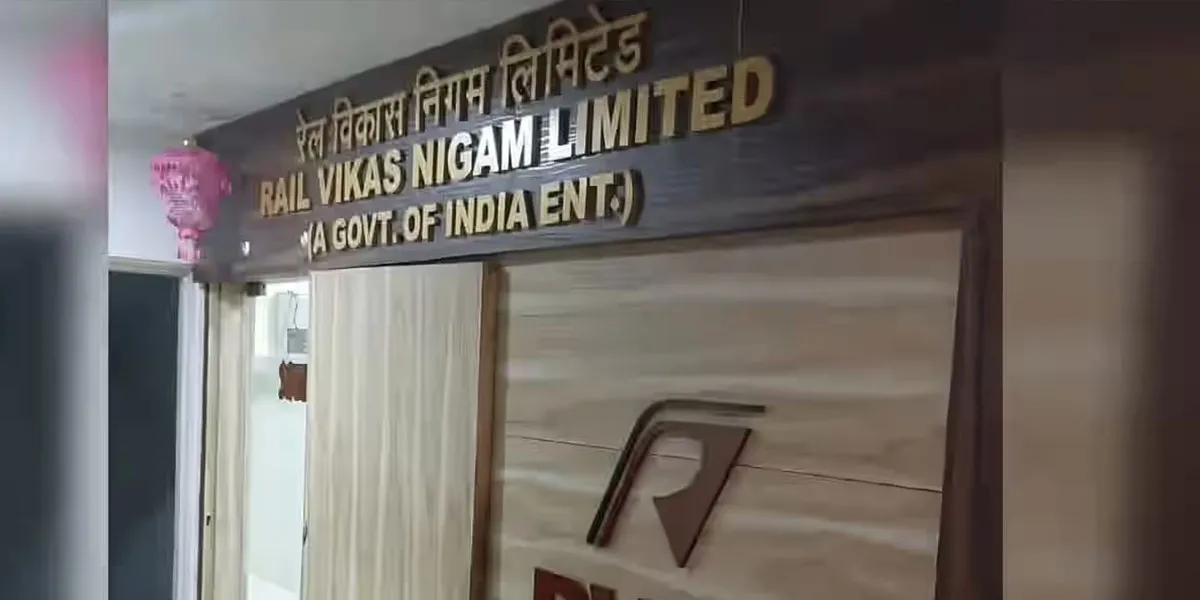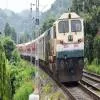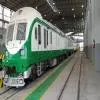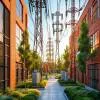Here’s a company that has been registered as a ‘super special class’ contractor with the Ministry of Defence. Thirty-four year-old RKEC Projects is ranked among the top 10 companies in India for designing and executing marine works.Engaged in the civil construction of marine works, bridges, highways and buildings, the firm has completed 92 projects across India, 86 in Andhra Pradesh, Kerala, Punjab, Tamil Nadu, Gujarat, Odisha, Rajasthan, Maharashtra, Manipur and Puducherry. With 10 ongoing projects worth Rs17.8 billion, it has also expanded its presence in West Bengal and Karnataka. G Radhakrishna, Chairman & Managing Director, shares more on the company’s plans, in conversation with SERAPHINA D'SOUZA.
RKEC Projects is ranked among the top 10 companies in India for designing and executing marine works, and is also a ‘super special class’ registered contractor with the Ministry of Defence. What factors have led to this remarkable achievement?
The super special class contractor is mainly for the expertise and experience we have, and the equipment we possess. Our expertise lies in design and execution of projects. Marine projects are not the same as building projects. Each project is different and requires engineering expertise. In fact, in India, we only have six players in the marine works sector. At RKEC, we have our own design team. So when a work order is given to us, we know the kind of equipment available with us and the methodology we follow, which allows us to economically design and execute a project. I personally get involved in projects, right from the tendering to the execution stage.Before bidding for any project, we first study the site condition – whether it is workable, the presence of any local discrepancies, how the climatic conditions affect execution and our ability to complete the work on time.
For new orders or projects in hand, what is the procurement decision-making process?
The team identifies the equipment required for the job and then checks its utility, whether it will be utilised optimally. This is done in coordination with the engineering team. Then, they select three or four suppliers, negotiate with them and order from the lowest bidder.We roughly invest about `100 million annually in buying new equipment.In 2018-19, we invested even more, about `250-300 million, because we received a big work order of Rs5.52 billion.
With an order book of `7.83 billion, what are your requirements for ongoing and upcoming projects?
For ongoing projects, we will spend another `50-60 million for new equipment. We have 10 ongoing projects and are expecting another three to four new ones. For one of our projects, we are looking at investing about `15-20 million for new equipment. We recently designed and introduced an equipment called launching truss, for which we have spent about `250-300 million. This has been designed for the Farakka Barrage project in West Bengal with a span of 60 m for segmental construction, which is the highest in India. Our strength lies in designing the equipment we require for our works in-house, as per our requirement.
If I have to procure a launching truss from the market, it would cost me about Rs.400 million. But with our own design team, we could bring this down to `250 million. Our design team also undertakes R&D for materials that should be used in a particular project.
How is work progressing on the Rs.5.21-billion Farakka Barrage rail-cum-road bridge project you have bagged from NHAI?
We have completed about 20 per cent of the work, and are confident of completing the project on time. In fact, we recently completed the second milestone – the first phase of building a bridge across Farakka and Malda – in just 180 days against the 360 days given by the government.
How do you ensure faster execution and timely completion of projects?
The first priority for a project should be the selection of project managers and then the manpower. Second, the methodology of the work and its progress. Third, the equipment; and fourth, the mobilisation of materials to reach the site on time.
Which sector contributes the most to the company business?
In the past 30 years, marine works has contributed the most – about 59 per cent – followed by bridges at 17 per cent, with other sectors contributing a combined 24 per cent. Having said that, as of today, as we are progressing, our marine business contributes 40 per cent, bridges 46 per cent, and other sectors 14 per cent. Going forward, too, our focus will remain on our core competency, marine works, followed by bridges.
The company has been awarded contracts in Tirupati Smart City. How aggressive are you on bidding for smart city projects?
We have just started work in this area. We wanted to understand the conditions, as these projects involve collaboration with foreign companies. We are undertaking three projects for Tirupati Smart City at a total of Rs.205 million.
One contract is for rejuvenation of Vinayaksagar Lake, whose beautification and operation and maintenance will be managed by us for five years. The other two are contracts for design, execution, operation and maintenance of sports arenas at Indira Maidan and Sri Srinivasa Sports Complex. Once we are halfway through these projects, we will start bidding for other smart cities projects as well.
Tell us about the company’s performance last fiscal. What are your expansion and growth plans going forward?
In four years, we have grown from just about Rs.700 million to Rs.2.45 billion, which is quite a good jump. We want to stabilise this for sometime and assess if we are growing the right way. We focus on looking at bottomlines rather than toplines.
Last year, we had aimed to grow at 15-20 per cent to reach a turnover of `2.75-2.80 billion. However, we achieved a turnover of `2.45 billion because we lost `300-400 million owing to certain land acquisition issues, because of which, we could not start work on time. This year, we are aiming to add another `600-700 million to take our annual turnover to over Rs.3 billion. We then want to stabilise at about Rs.4-5 billion for three to four years and look at the next phase thereon. We will also look at increasing our manpower because I believe it is better to hire manpower in-house, train them and put them on the job, rather than hiring manpower from outside.
Fact Sheet
Year of establishment: Established as RK Engineers and Contractors in 1985; subsequently incorporated as RKEC Projects in 2006; became a Public Limited Company in November 2016
Top management: G Radhakrishna, Chairman & Managing Director; GV Rammohan, Executive Director.
Areas of operation: Pan-India
Centre of operation: Vizag Segments of operations: Marines, roads, buildings
No. of employees: 280
No. of completed projects: 92
No. of ongoing projects: 11
No. of upcoming projects: 3
Turnover: Rs.2.45 billion
Order book: Rs.7.83 billion.
